This is an ‘interim’ Formula 1 Cooper-Climax of the kind which launched the years of the ‘rear-engined’ revolution in Formula 1 Grand Prix racing car design. The first water-cooled rear-engined Coopers were the center-seated ‘Bobtail’ sports-racing design of 1955. But by the end of that year it was already known that the world governing body of international motor racing, the FIA, intended to launch a new ‘stepping-stone’ class of single-seater road racing in 1957. At that time the World Championship-qualifying Grand Prix class – or Formula 1 – catered for engines up to 2½-liters unsupercharged. This would continue until the end of 1960, but meanwhile the new Formula 2 class for 1957 was to use a ceiling engine capacity limit of only 1½-liters. This new category appealed to many racing car manufacturers, with the Cooper Car Company of Surbiton, England, at their head. And such was the interest amongst race promoters that through 1956 a number of ‘dress rehearsal’ road races were organised in England as a curtain-raiser before the official introduction of the new class. Cooper immediately asserted its primacy by developing a center-seat, slipper-bodied open-wheeled racing version of the ‘Bobtail’ sports car using the same 4-cylinder Coventry Climax overhead cam water-cooled engine proven in the sports model through 1955. The new prototype Cooper Type 41 Formula 2 cars immediately showed astonishing pace driven by the works stars Roy Salvadori and Jack Brabham, while customer models were also driven by stars of their day, Tony Brooks and Ken Wharton. In 1957 a further improved Cooper-Climax Type 43 model was introduced for the official introduction of international Formula 2, and the cars dominated the field. By 1958 it seemed that if you did not have a Cooper-Climax with that very lightweight aluminum-block engine behind the driver’s shoulders, you wouldn’t have a chance of consistent Formula 2 success. The cars won the opening F2 Championship and into 1958 a further refined version of the theme emerged as the Type 45 model – like this fine example offered here. Cooper-Climax Type 45 chassis serial ‘F2-11-58’ originated at the small Surbiton factory a few miles south-west of central London early in 1958. It was sold to a fascinating character who was both well-known and immensely popular within British motor racing. He was Flt. Lt. Richard ‘Dickie’ Stoop – a Royal Air Force fighter pilot whose father was Sir Adrian Stoop – a well-known pre-war England rugby player and a great friend of the legless Battle of Britain fighter ace Douglas Bader. After losing his legs in a flying accident in 1931, Bader had spent much of his time convalescing with the Stoop family at their home, The Grange, in Hartley Wintney, Hampshire, England. Dickie Stoop had been shot down during the war off the Mediterranean island of Malta, and he had baled-out into the sea, thereby qualifying for immediate membership of the ‘Caterpillar Club’, as were all aircrewmen saved by their silken parachutes. Postwar, he joined the Empire Test Pilot’s School at the Royal Aircraft Establishment, Farnborough, just a few miles from Hartley Wintney, and one of his great sparetime interests was in high-performance and competition motoring. He was a tremendous fan and supporter of the Frazer Nash sports car marque, racing one in partnership with fellow test pilot Lt. Cdr. Peter Wilson who in turn later became Chief Engineer of the British Rootes Group manufacturing Sunbeam, Singer, Hillman and Humber family cars. Dickie Stoop went on to race his Frazer Nashes at all levels up to and including the Le Mans 24-Hour endurance classic, in which he competed no fewer than ten times, and in 1958 he bought his new Formula 2 Cooper-Climax as a foray into the single-seater world. This car’s chassis serial has been quoted as both ‘F2-11-58’ and ‘F2-19-57’ but it appears he started with an early Type 43 car, and then replaced it with the Type 45. The differences are that the Type 43 fe
This is an ‘interim’ Formula 1 Cooper-Climax of the kind which launched the years of the ‘rear-engined’ revolution in Formula 1 Grand Prix racing car design. The first water-cooled rear-engined Coopers were the center-seated ‘Bobtail’ sports-racing design of 1955. But by the end of that year it was already known that the world governing body of international motor racing, the FIA, intended to launch a new ‘stepping-stone’ class of single-seater road racing in 1957. At that time the World Championship-qualifying Grand Prix class – or Formula 1 – catered for engines up to 2½-liters unsupercharged. This would continue until the end of 1960, but meanwhile the new Formula 2 class for 1957 was to use a ceiling engine capacity limit of only 1½-liters. This new category appealed to many racing car manufacturers, with the Cooper Car Company of Surbiton, England, at their head. And such was the interest amongst race promoters that through 1956 a number of ‘dress rehearsal’ road races were organised in England as a curtain-raiser before the official introduction of the new class. Cooper immediately asserted its primacy by developing a center-seat, slipper-bodied open-wheeled racing version of the ‘Bobtail’ sports car using the same 4-cylinder Coventry Climax overhead cam water-cooled engine proven in the sports model through 1955. The new prototype Cooper Type 41 Formula 2 cars immediately showed astonishing pace driven by the works stars Roy Salvadori and Jack Brabham, while customer models were also driven by stars of their day, Tony Brooks and Ken Wharton. In 1957 a further improved Cooper-Climax Type 43 model was introduced for the official introduction of international Formula 2, and the cars dominated the field. By 1958 it seemed that if you did not have a Cooper-Climax with that very lightweight aluminum-block engine behind the driver’s shoulders, you wouldn’t have a chance of consistent Formula 2 success. The cars won the opening F2 Championship and into 1958 a further refined version of the theme emerged as the Type 45 model – like this fine example offered here. Cooper-Climax Type 45 chassis serial ‘F2-11-58’ originated at the small Surbiton factory a few miles south-west of central London early in 1958. It was sold to a fascinating character who was both well-known and immensely popular within British motor racing. He was Flt. Lt. Richard ‘Dickie’ Stoop – a Royal Air Force fighter pilot whose father was Sir Adrian Stoop – a well-known pre-war England rugby player and a great friend of the legless Battle of Britain fighter ace Douglas Bader. After losing his legs in a flying accident in 1931, Bader had spent much of his time convalescing with the Stoop family at their home, The Grange, in Hartley Wintney, Hampshire, England. Dickie Stoop had been shot down during the war off the Mediterranean island of Malta, and he had baled-out into the sea, thereby qualifying for immediate membership of the ‘Caterpillar Club’, as were all aircrewmen saved by their silken parachutes. Postwar, he joined the Empire Test Pilot’s School at the Royal Aircraft Establishment, Farnborough, just a few miles from Hartley Wintney, and one of his great sparetime interests was in high-performance and competition motoring. He was a tremendous fan and supporter of the Frazer Nash sports car marque, racing one in partnership with fellow test pilot Lt. Cdr. Peter Wilson who in turn later became Chief Engineer of the British Rootes Group manufacturing Sunbeam, Singer, Hillman and Humber family cars. Dickie Stoop went on to race his Frazer Nashes at all levels up to and including the Le Mans 24-Hour endurance classic, in which he competed no fewer than ten times, and in 1958 he bought his new Formula 2 Cooper-Climax as a foray into the single-seater world. This car’s chassis serial has been quoted as both ‘F2-11-58’ and ‘F2-19-57’ but it appears he started with an early Type 43 car, and then replaced it with the Type 45. The differences are that the Type 43 fe
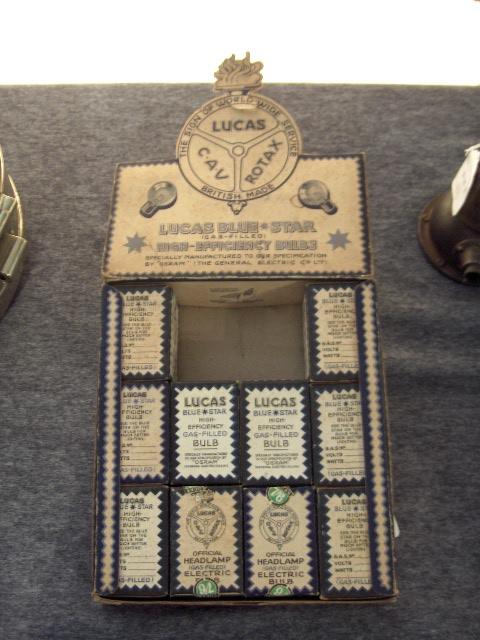
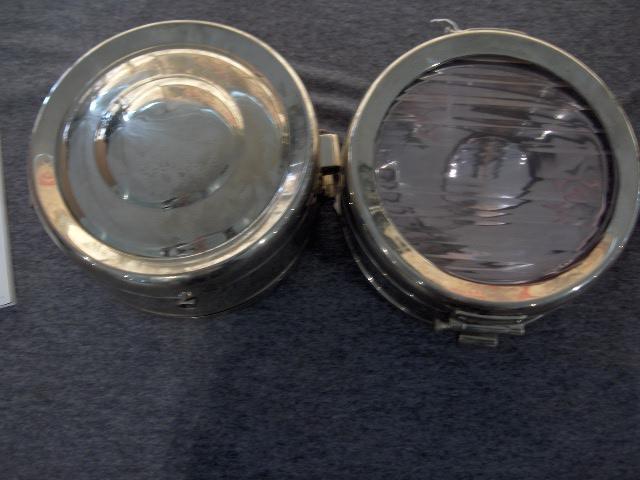
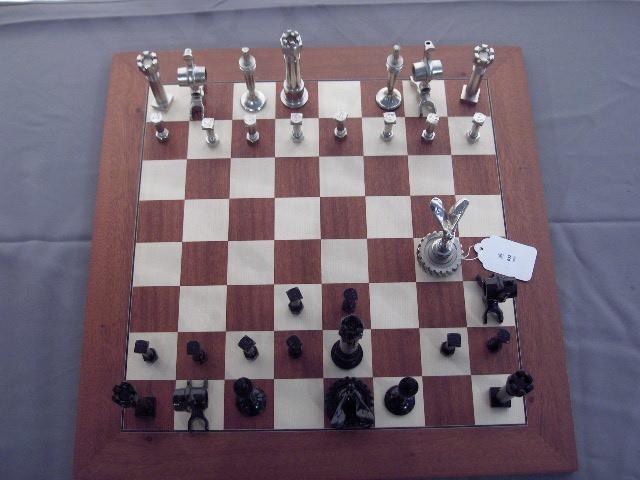
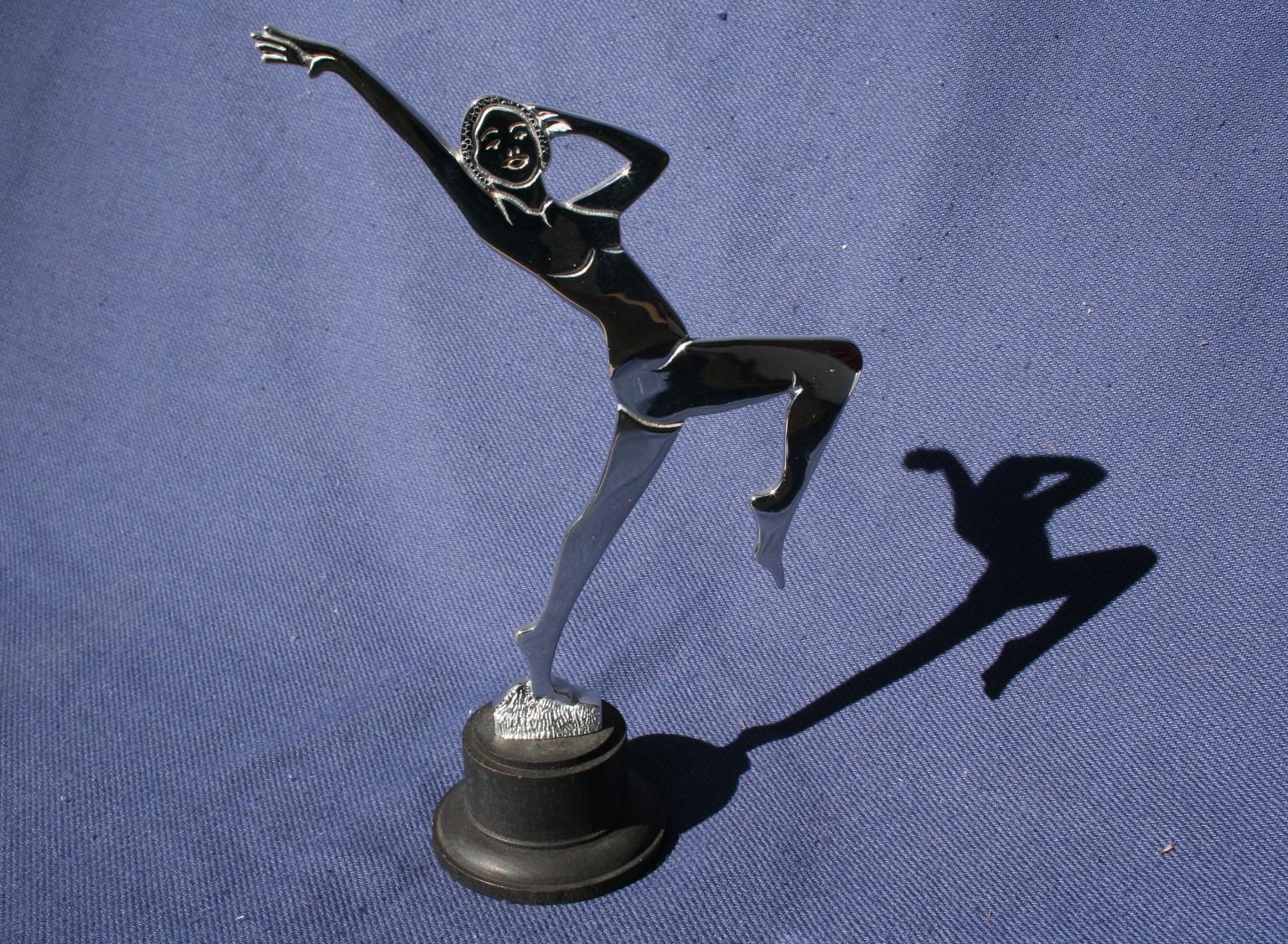
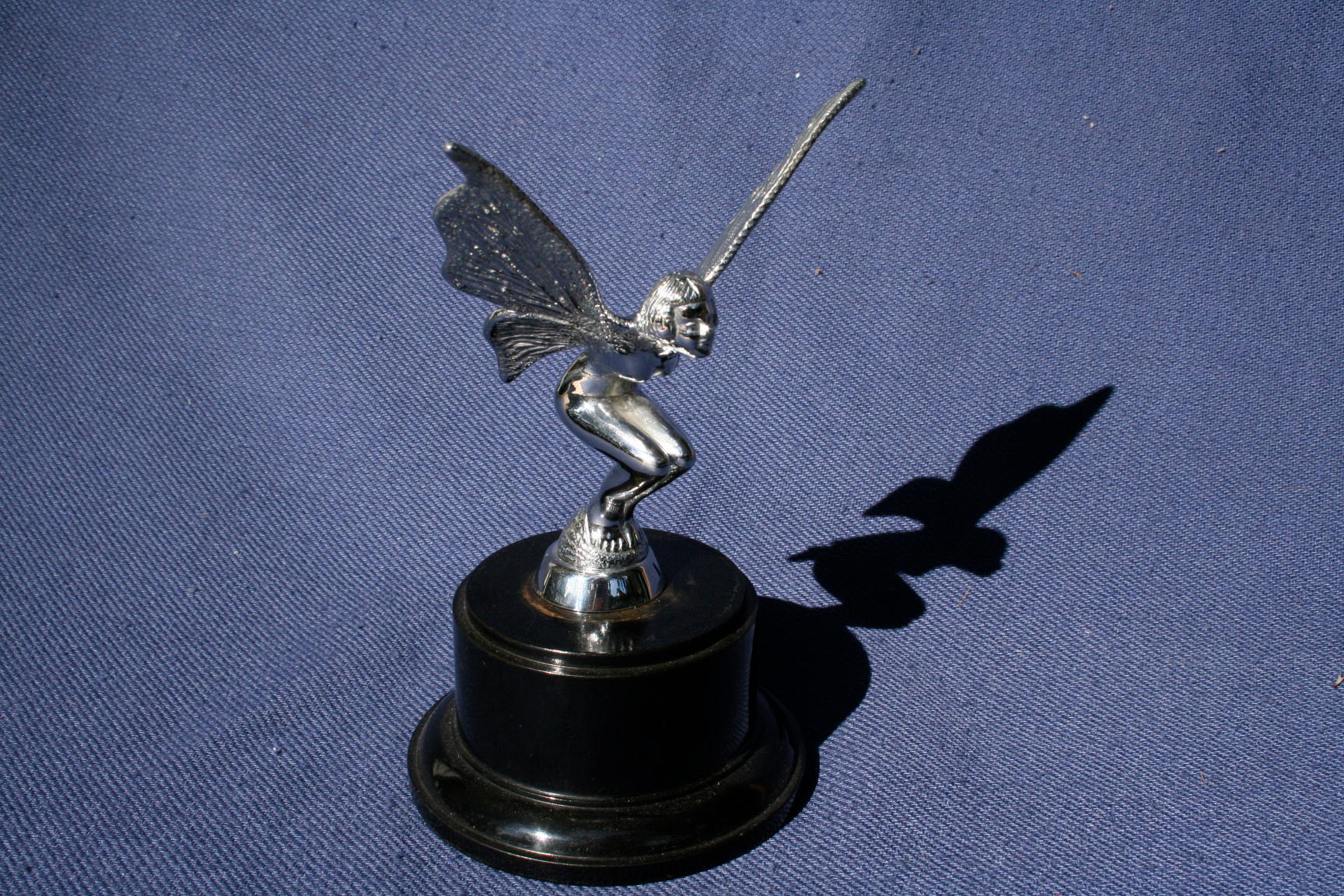
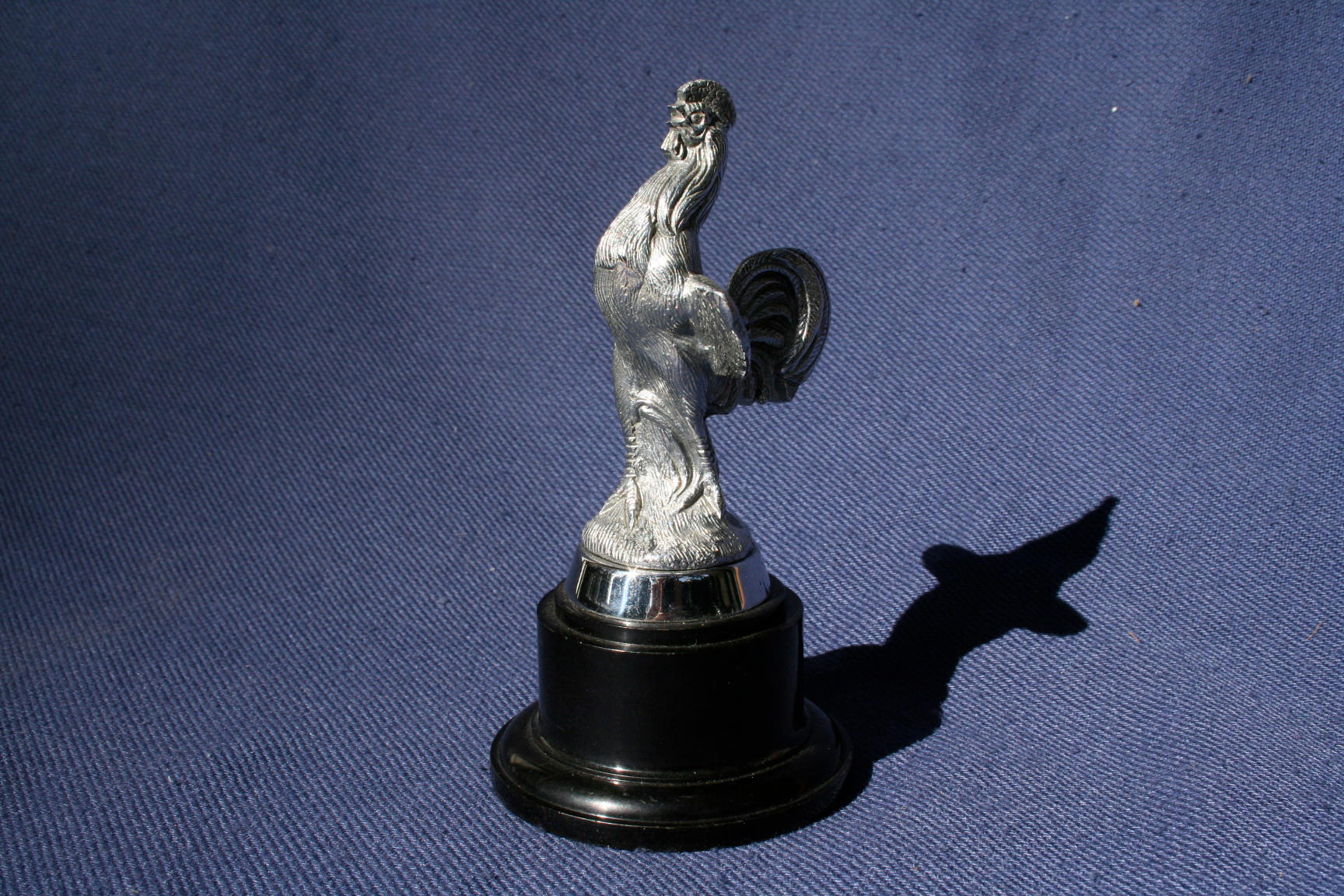
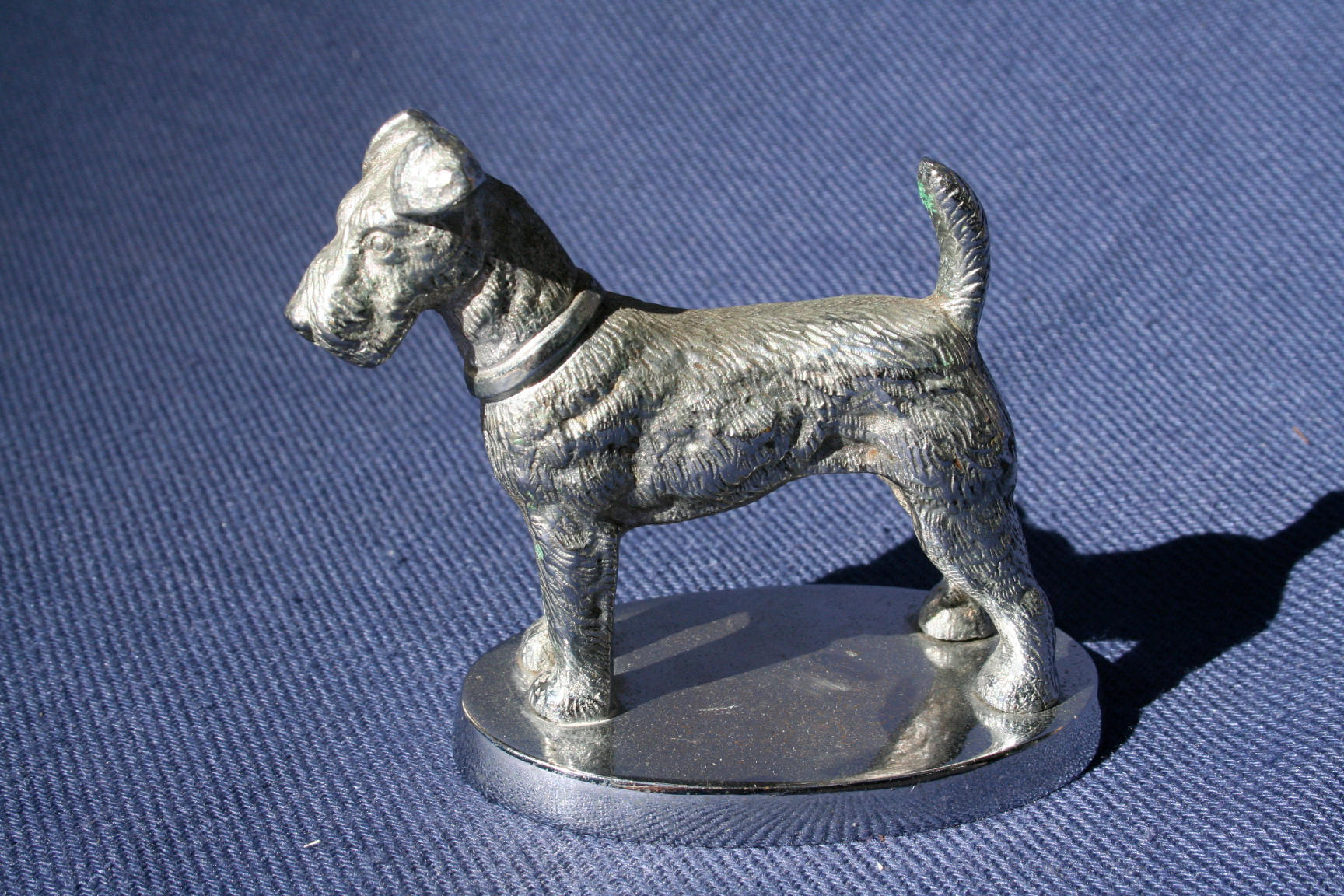
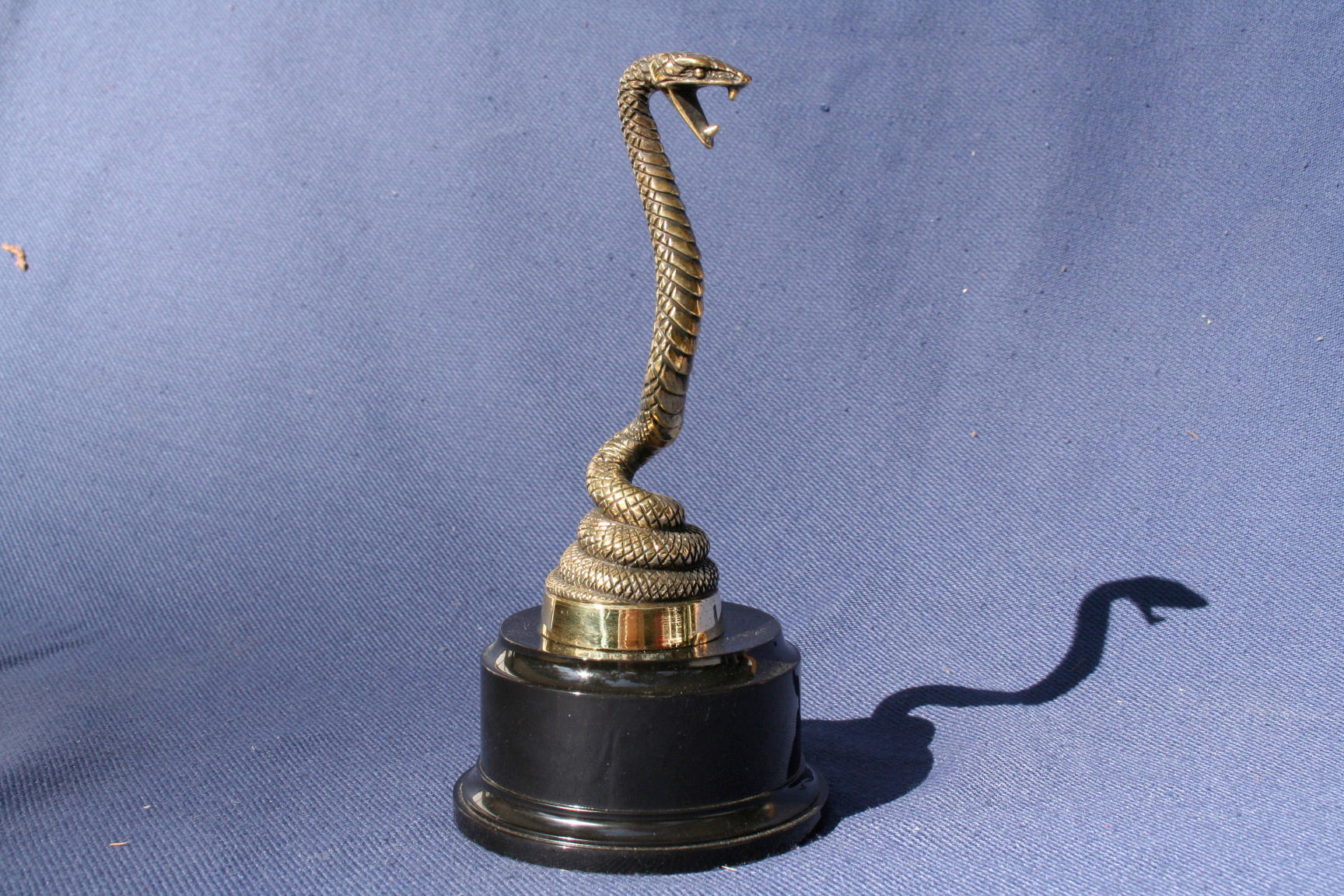

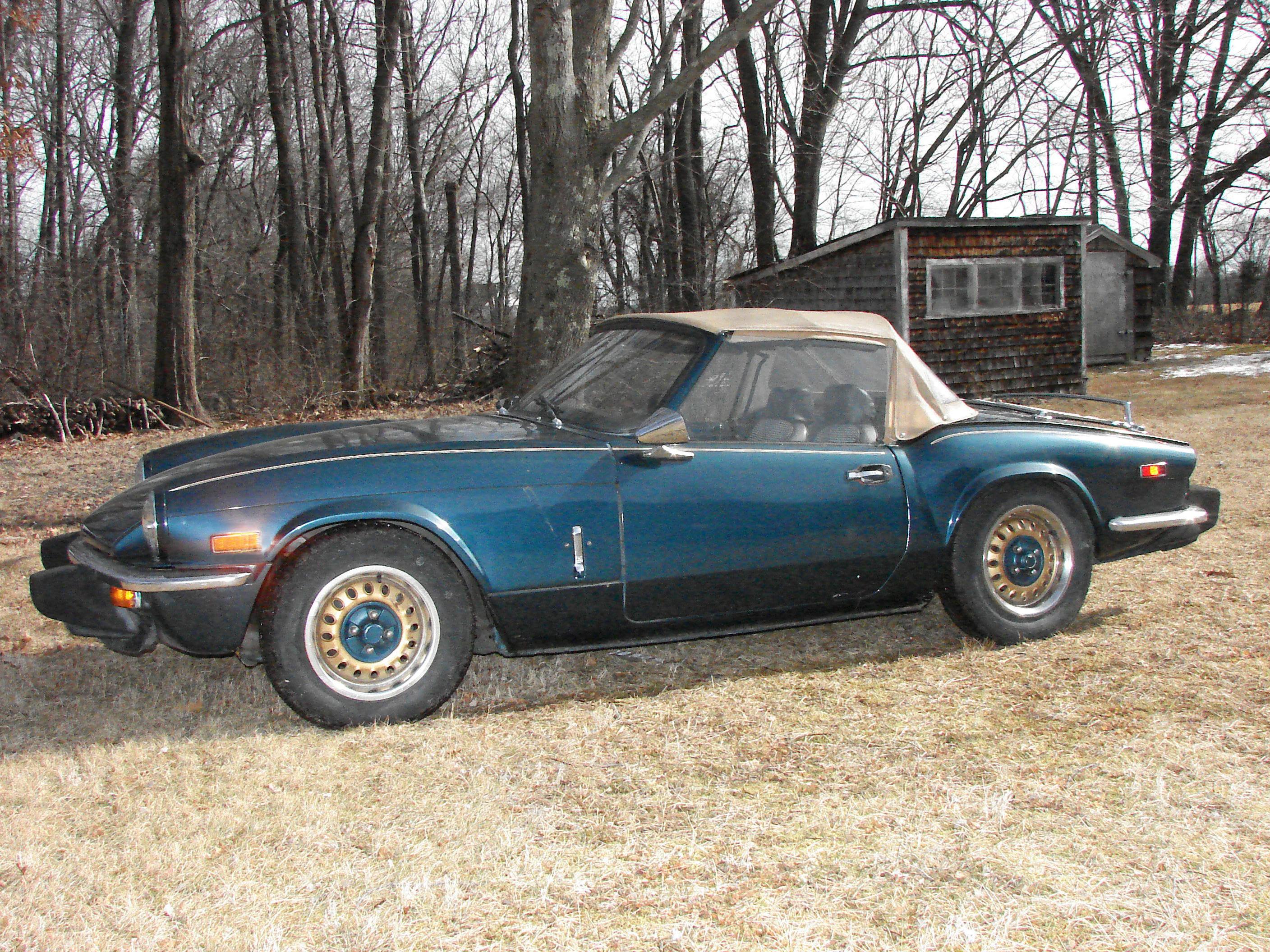

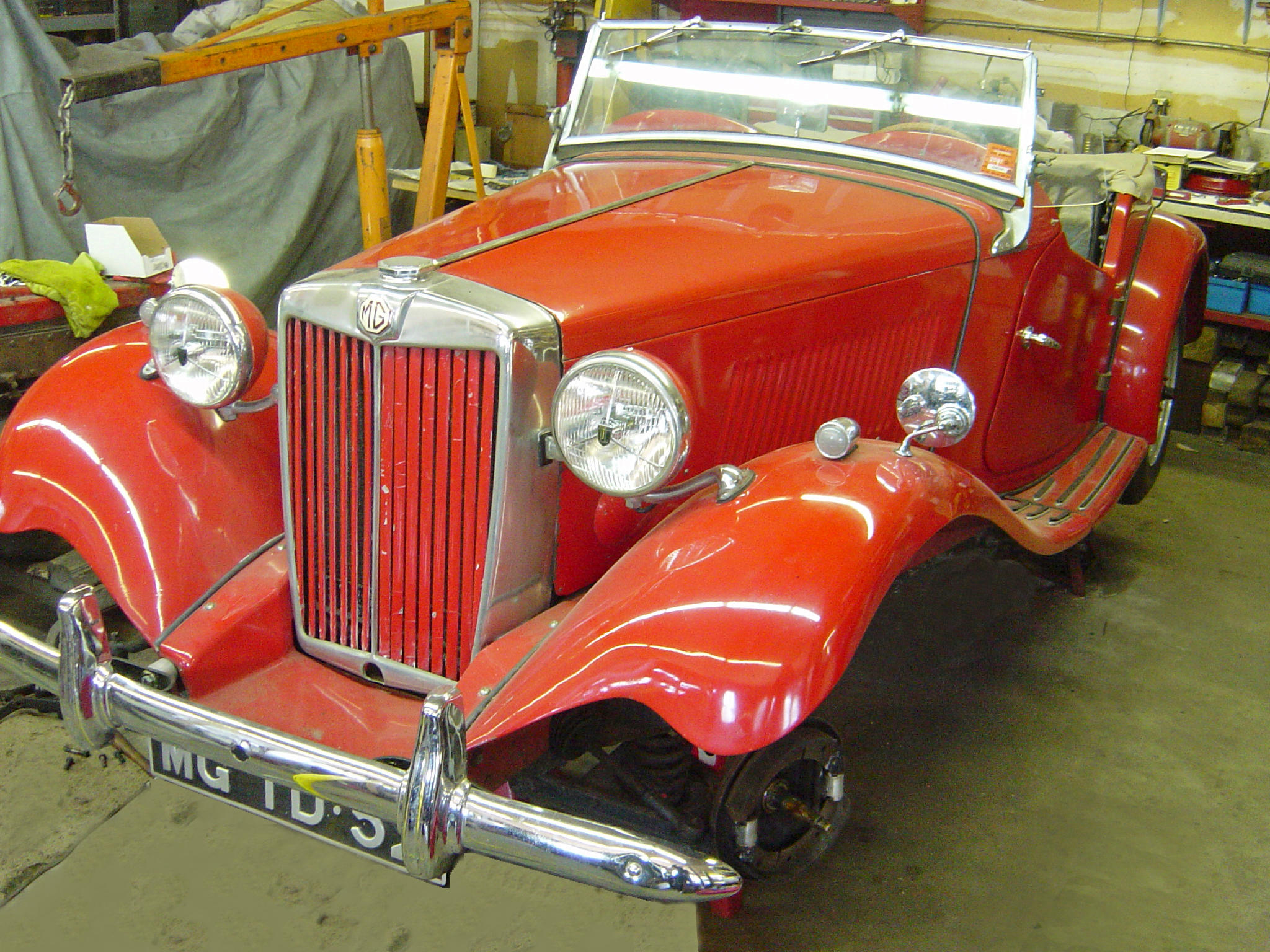
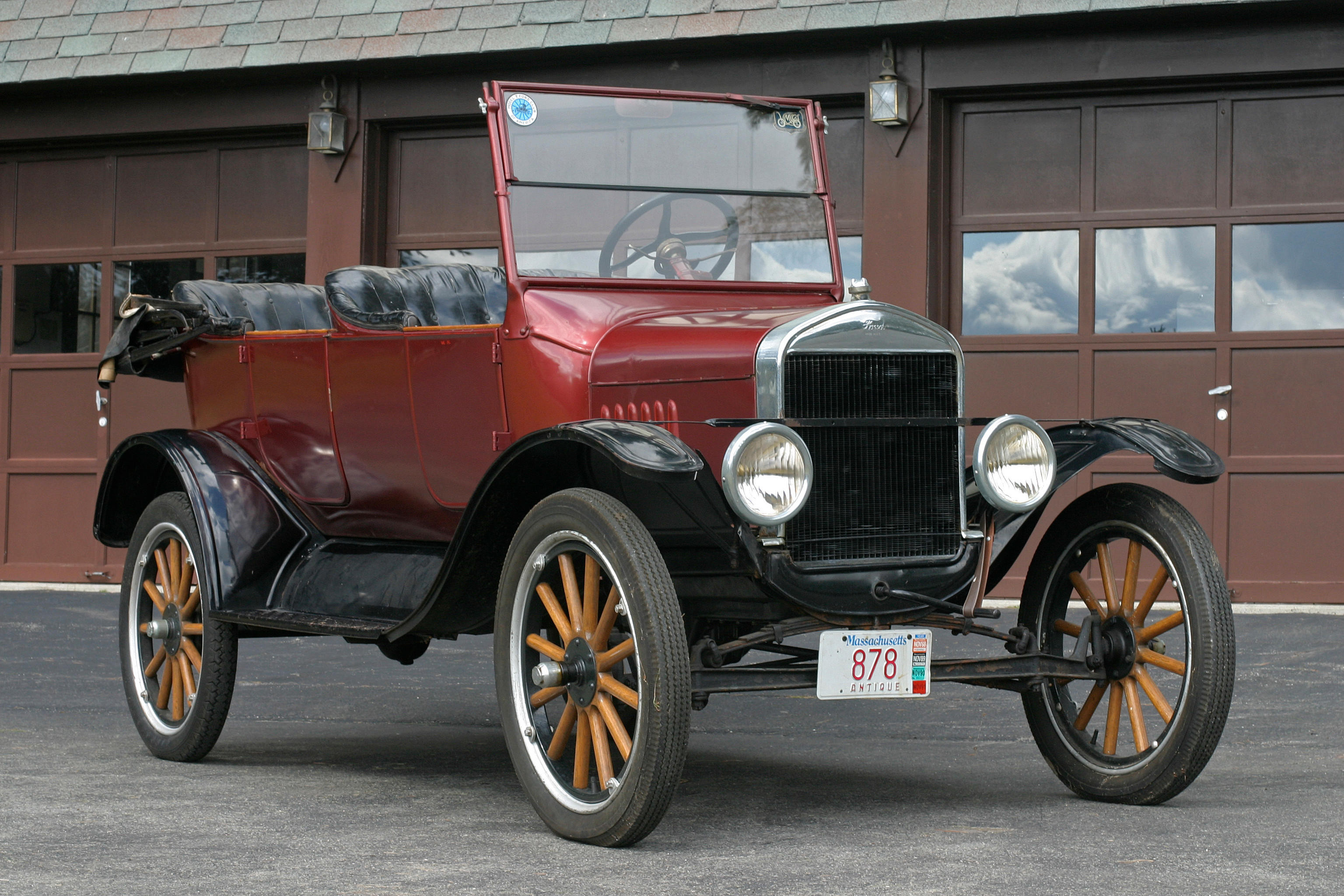
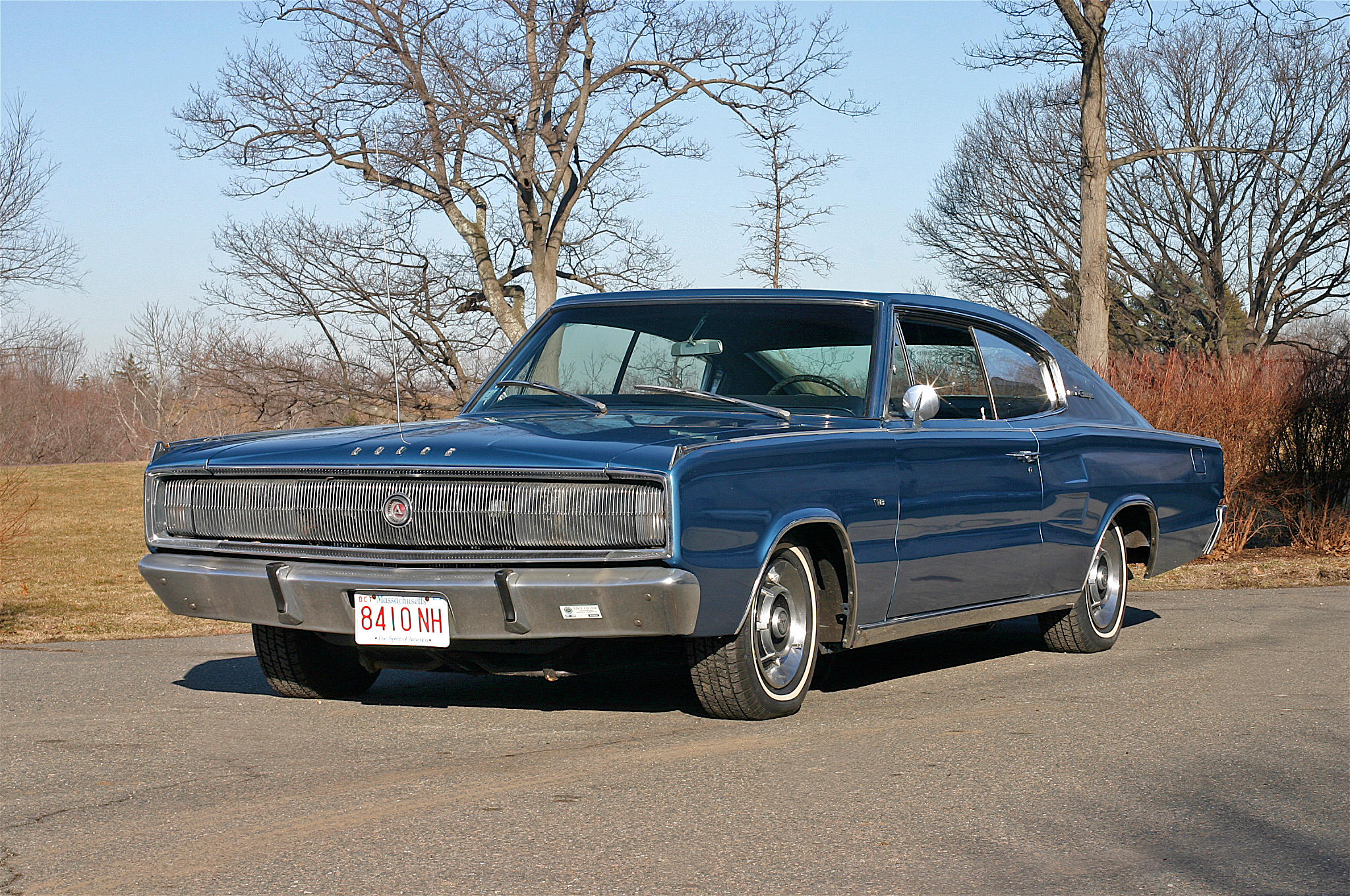

Testen Sie LotSearch und seine Premium-Features 7 Tage - ohne Kosten!
Lassen Sie sich automatisch über neue Objekte in kommenden Auktionen benachrichtigen.
Suchauftrag anlegen